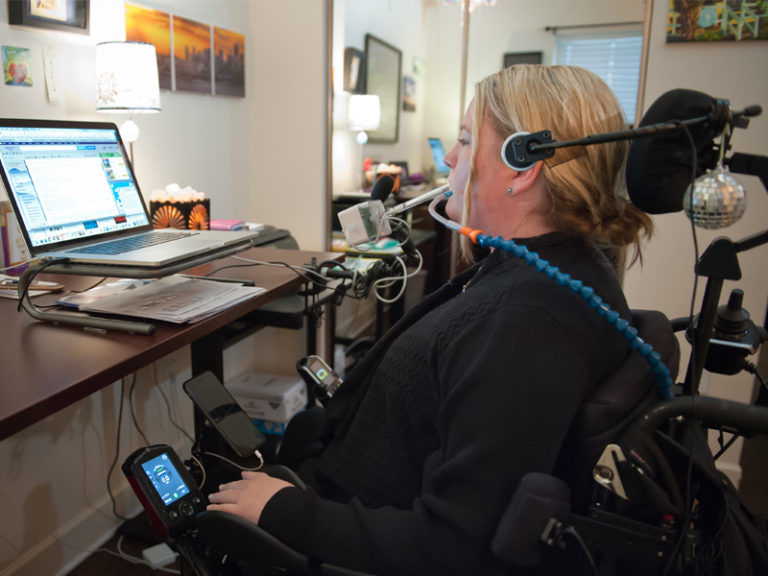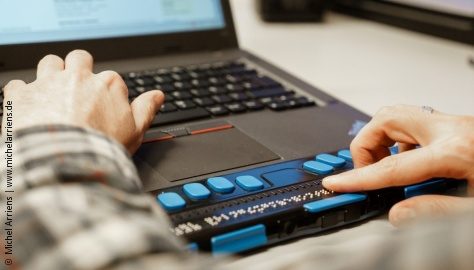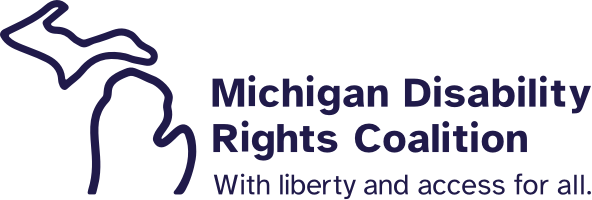The Future of AT in Employment
Wednesday, January 27, 2021

Using AT to gain employment and support work over a lifetime has been a goal of our community for as long as we have been around. We have seen huge gains in the variety and flexibility of technology we can use as AT for employment in the last few decades. But, I think there may well be no change to our use of AT for work that will be more powerful than the changes that the pandemic has forced on most people in the last year.

Control Work with Symptom Management
Many of the AT and other accommodations our community has requested and been denied for decades have become the “normal” for most workers in the last year. Remote Conferencing and Meeting software with closed captions and shared documents is now typical for many kinds of work. This remote access has extended to national conferences, reducing the notorious inaccessibility that we have struggled against for many years in attending conferences in hotels, as well as opening these events to people who couldn’t afford the extravagant costs. This shift is also a great boon for people with characteristics like multiple chemical sensitivities, allowing them to use their better control of pollutants and fragrances in their own living environment. Many other issues that cause problems in the standard work environment (catheterization, fatigue, stress reactions, structural problems in accessibility, etc.), can be eliminated or dramatically altered in their impact by moving aggressively from telecommuting (which assumes that the existing work process and workflow are maintained in a remote location) to telework (in which the job is restructured to produce the important work outcomes and products using technology that is truly accessible for all).
There are so many choices for video conferencing that it is difficult to choose one. There is also an ongoing struggle among the competitors to improve the accessibility of their products. I think such an evolution has happened because these products have gone mainstream (inclusion is the key) and organizations want to use a product that won’t cause problems with their workforce, i.e., us. We need to continue to push for expansion of accessibility in all products. Our community should be able to assume accessibility regardless of where we work.

Control Work with Braille Reader
We want both accessibility and practical tools for working from whatever place allows us to be productive and safe.
Here are some resources that can support “accessibility and practical tools”:
- Job Accommodation Network: Telework
- How a post COVID-19 workplace can embrace accessibility — for everyone
- Transitioning Your Office Online Must Work for All Employees
- Accessible work-from-home tools for remote work during the coronavirus pandemic
- Remote tools for disabled worker
- Remote Working, Disability Support And Anxiety
- Flexible Work for People with Disabilities and Special Needs
I’m sure there will be many more changes in models, tools, and accessibility during the second year of the pandemic. You can follow some of these changes by subscribing to:
Michigan Assistive Technology (AT) Program Blog
And for a more general overview of disability issues in the pandemic:
But the most important thing you can do is to push for real expansion of accessible, easy to use, tools and work flow design that supports us in building our work histories and financial stability. The other “most important” thing we can do is to share our successes and failure in employment and AT with our personal and disability communities. Our success in work is for ourselves, and for all in our community.

